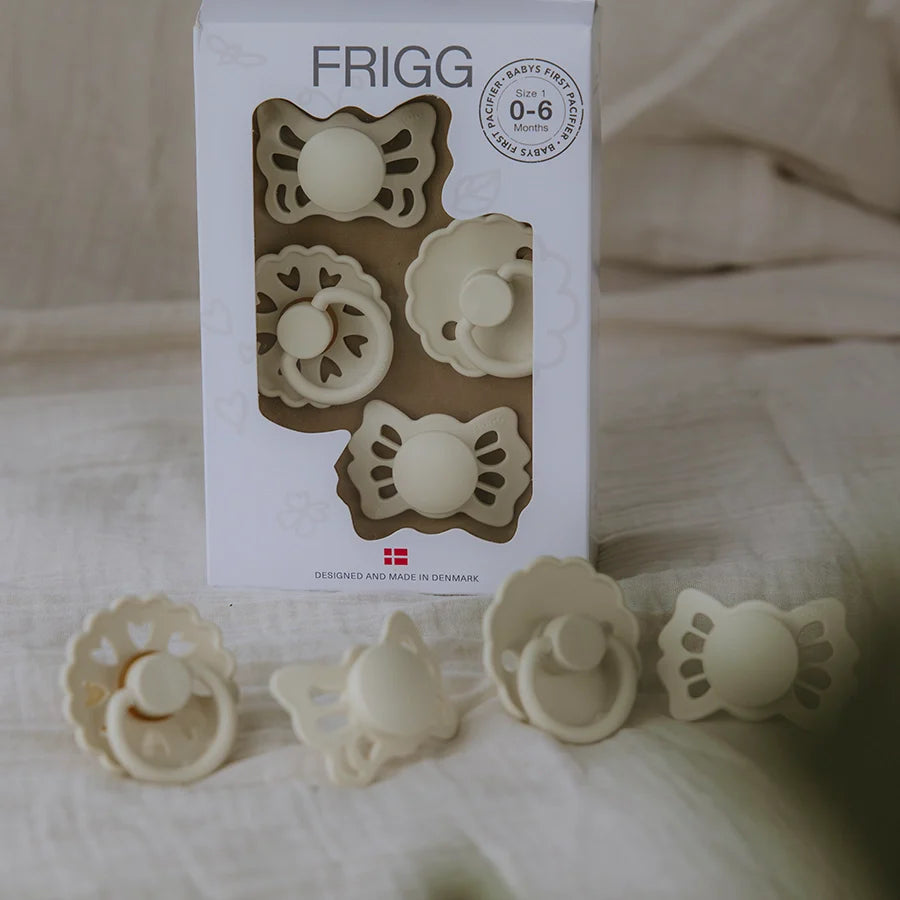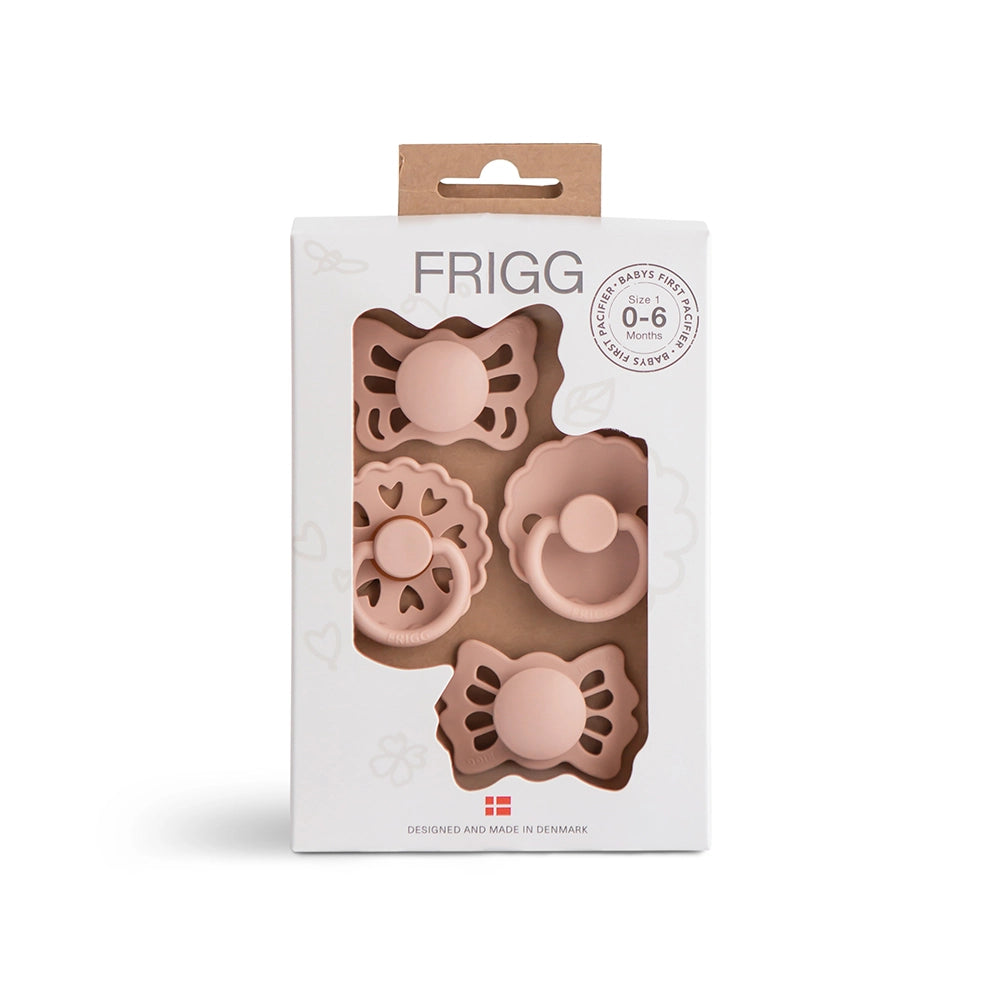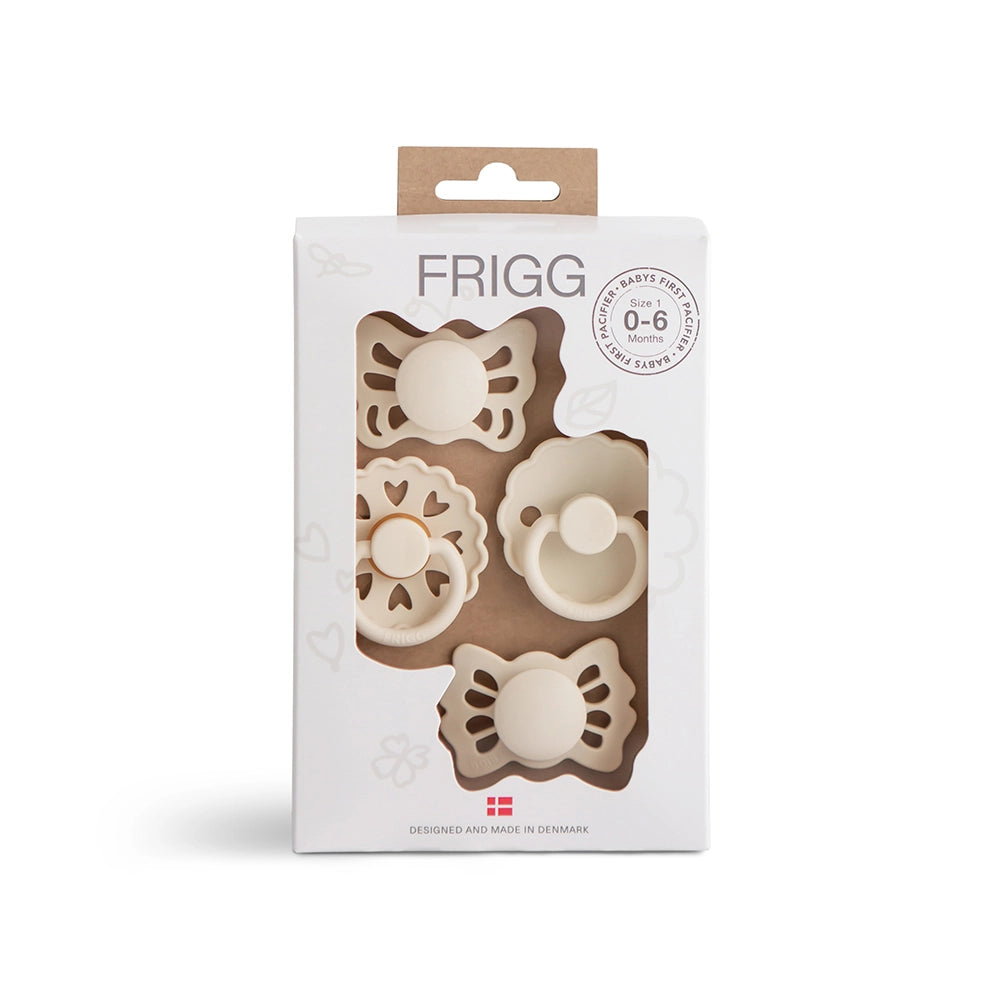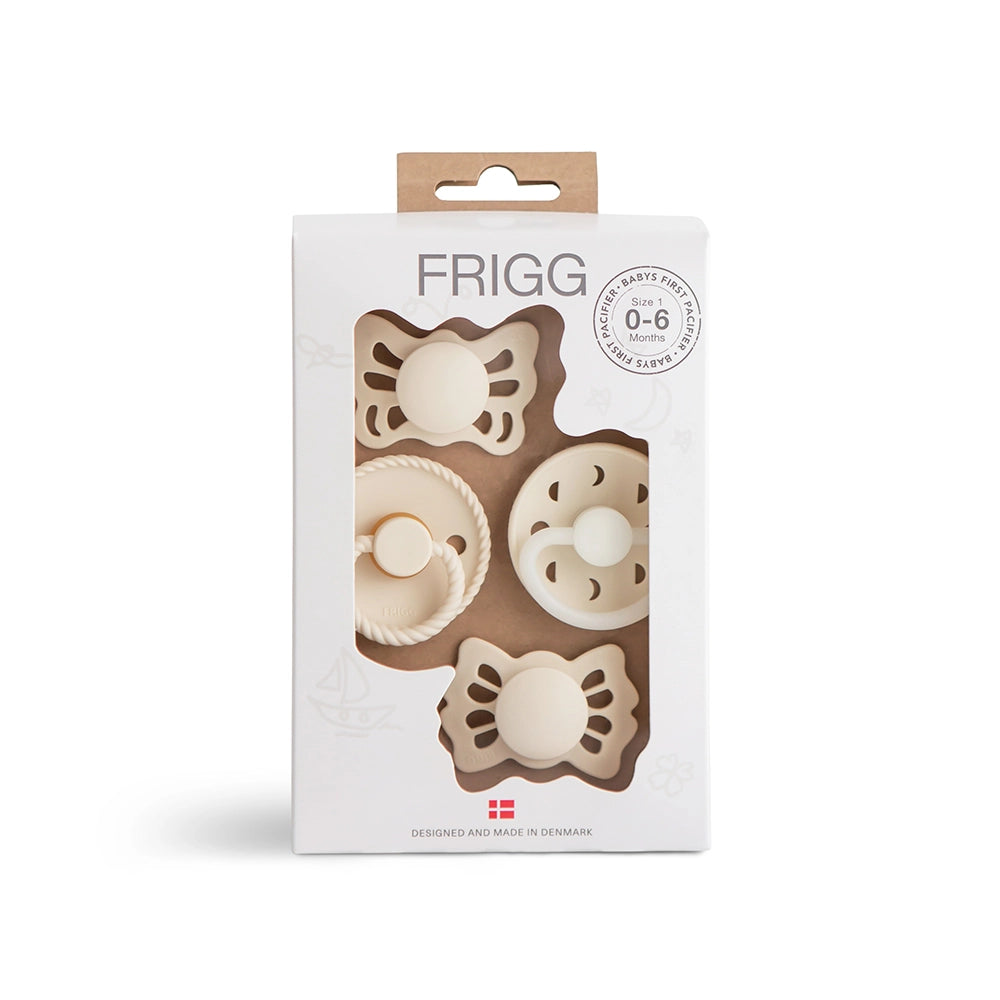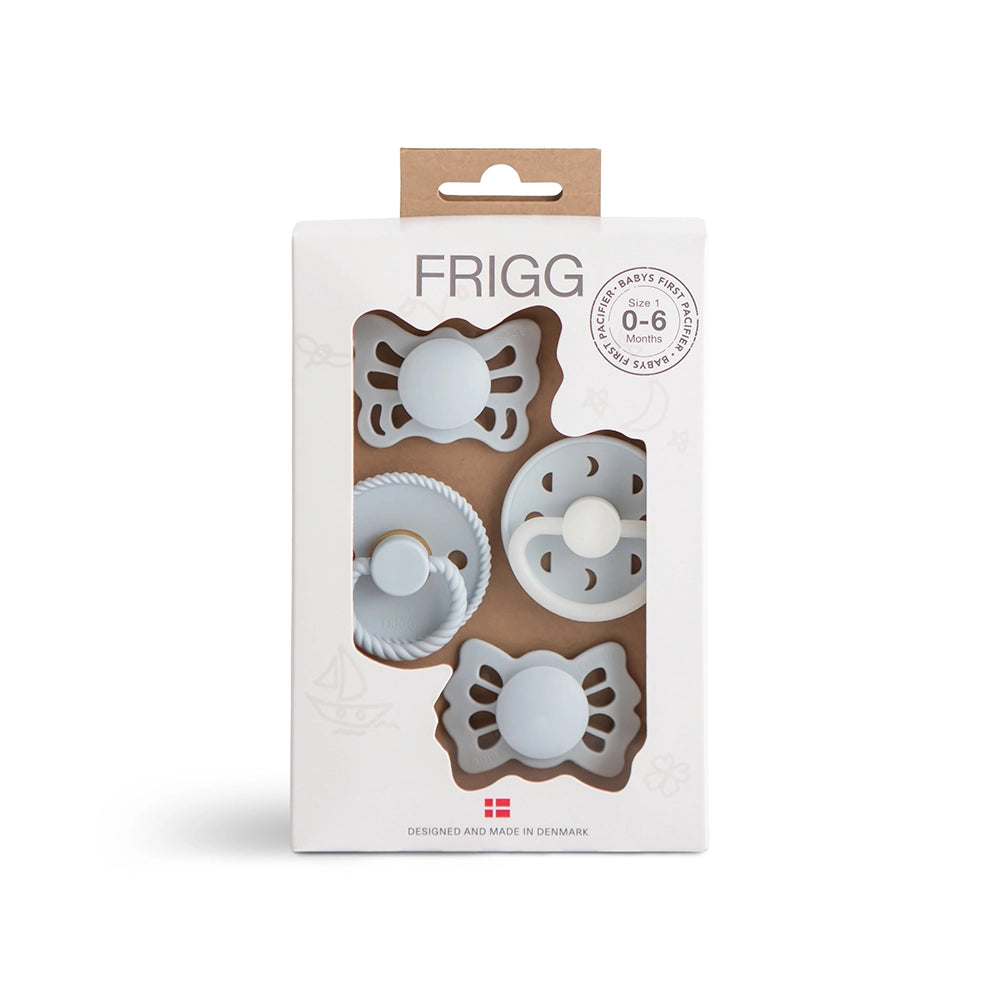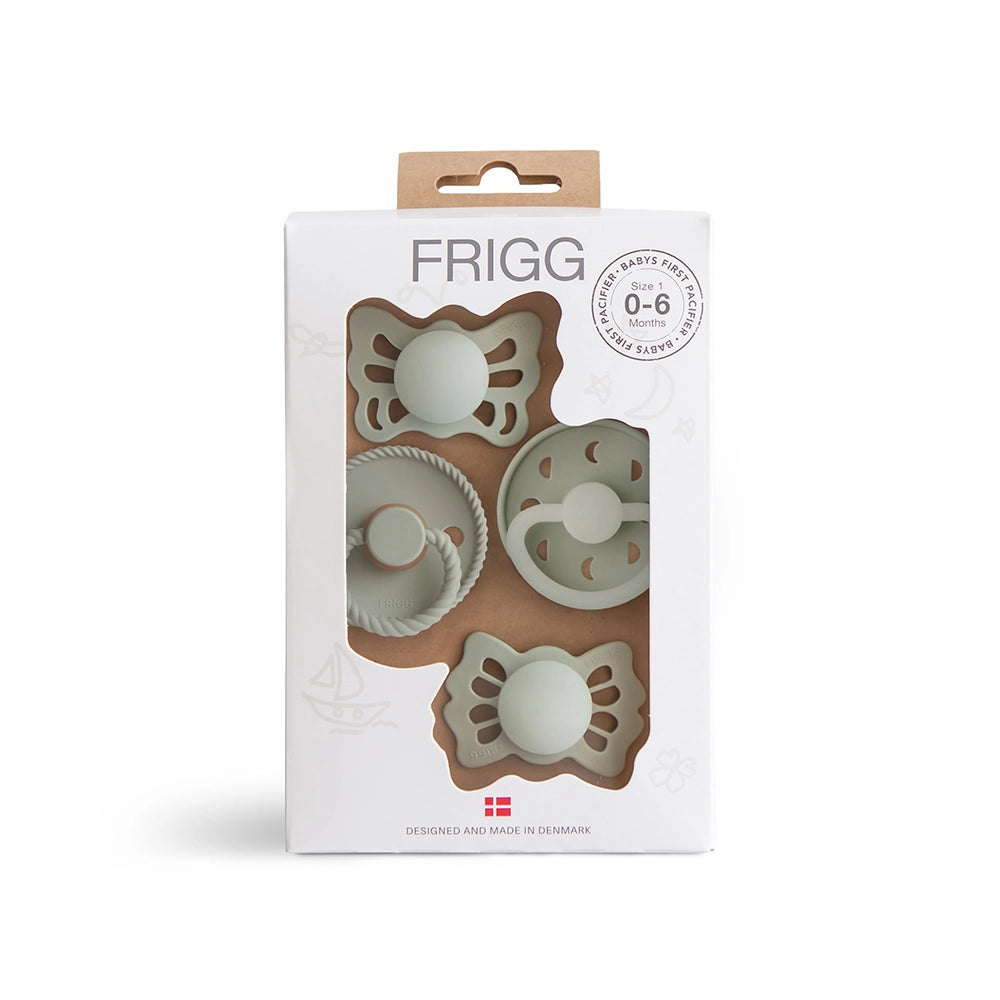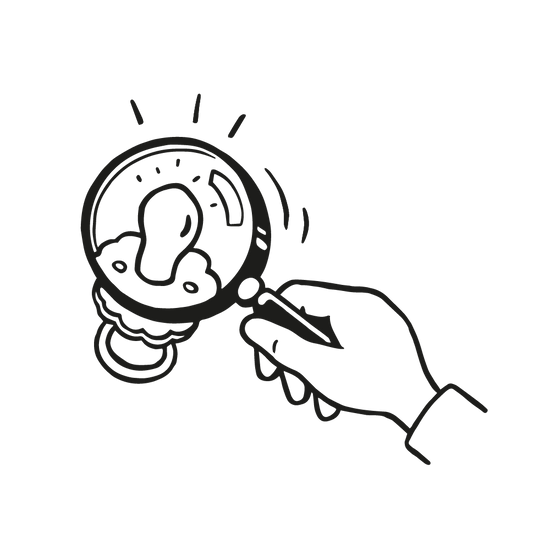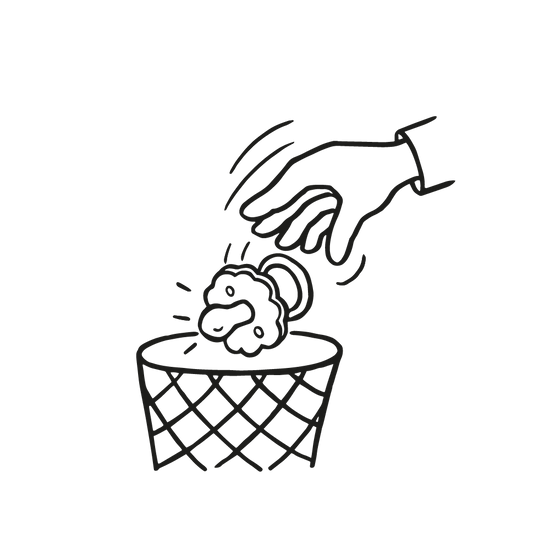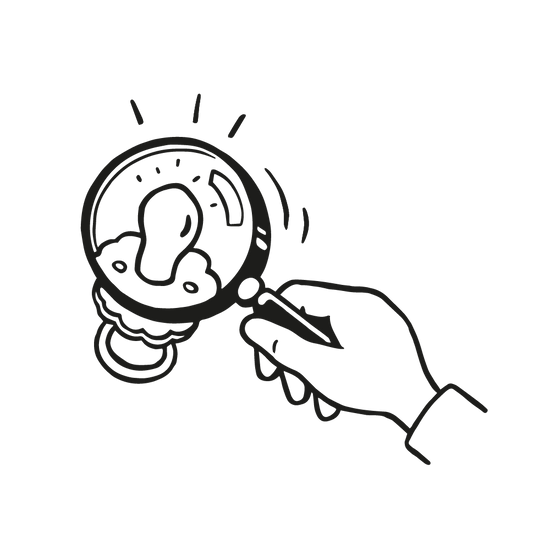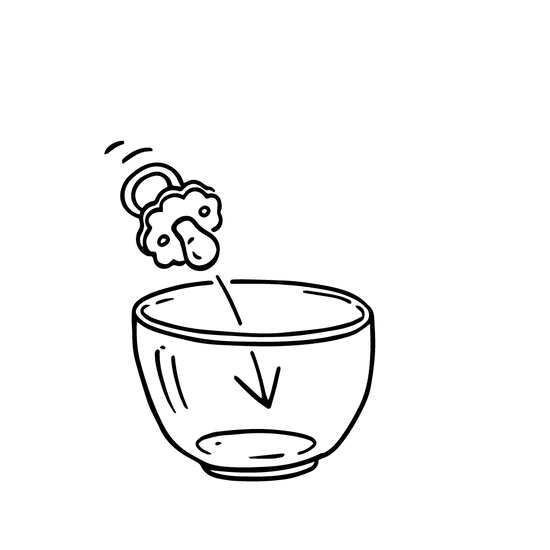How To Sterilize Pacifiers - A step by step guide
Pacifiers are little lifesavers - for babies and for parents. But with all the love (and drops on the floor) they go through, they need regular cleaning to stay free from bacteria nad maintain a hygienic pacifier that can do its job without parents need to worry.
In this guide, we’ll walk you through the best way to sterilize a pacifier, how often to clean it, and how to care for it in a way that protects your baby’s health - and your peace of mind.
Our pacifiers need a proper amount of care in order to protect our little ones from bacteria and viruses and maintain a good pacifier hygiene.
